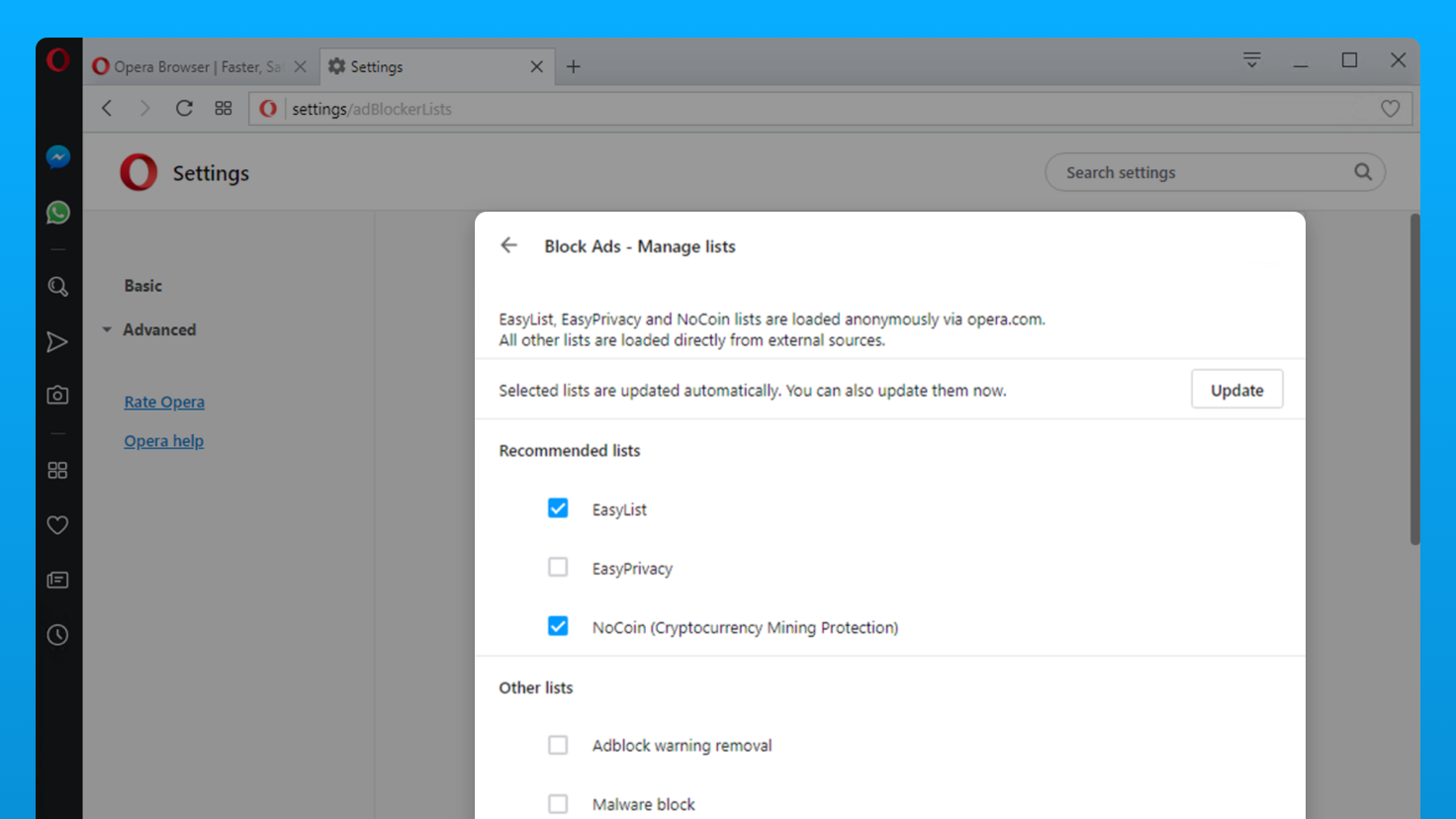

These URLs may be a product of human error or someone mistyping an incorrect URL into the address bar and may not be worth fixing, like links #7 and #8. Many instances of broken links or visits to a stray URL occur only once. Some links are actually visited quite often while others are not. But before actually redirecting them, you should first analyze the pages and the reasons they may not be working properly.įrom the Google Analytics section of the short sample above, we can see that not all broken links are created equal. Both Google Analytics and Xenu give us a list of links that may be broken. Step 3: Analyze data and decide which pages should be redirectedĪfter all the preparation, we come to the important stage. Then select "Site Content" and then "All Pages." First, log into your Google Analytics account and click on the Behavior tab. Google Analytics is a great free tool for tracking website performance, and it’s also helpful for easily finding broken links. There are a number of tools you can use to identify broken links, many of them free. So here is a comprehensive guide to helping you find and fix broken links across your website.

The good news is we’ve done this work before and we’ve documented everything in a step-by-step, easy-to-follow process, which we hope you find helpful. If you’re wondering how to do this, you’re not alone. To avoid these potential pitfalls, you should periodically check for broken links on your entire website. They devalue your SEO efforts – Broken links restrict the flow of link equity throughout your site, which impacts rankings negatively.They make for a bad user experience – When users click on links and reach dead-end 404 errors, they get frustrated and may never return.Broken links on your website can be harmful in two ways: But if your links aren't working, it can derail all of your hard work. If you have a website, I'm sure you’ve put a lot of hard work and long hours into making it a valuable resource for your visitors.


 0 kommentar(er)
0 kommentar(er)
